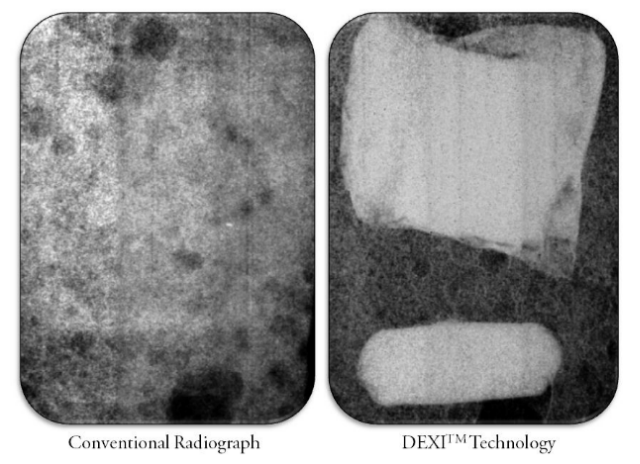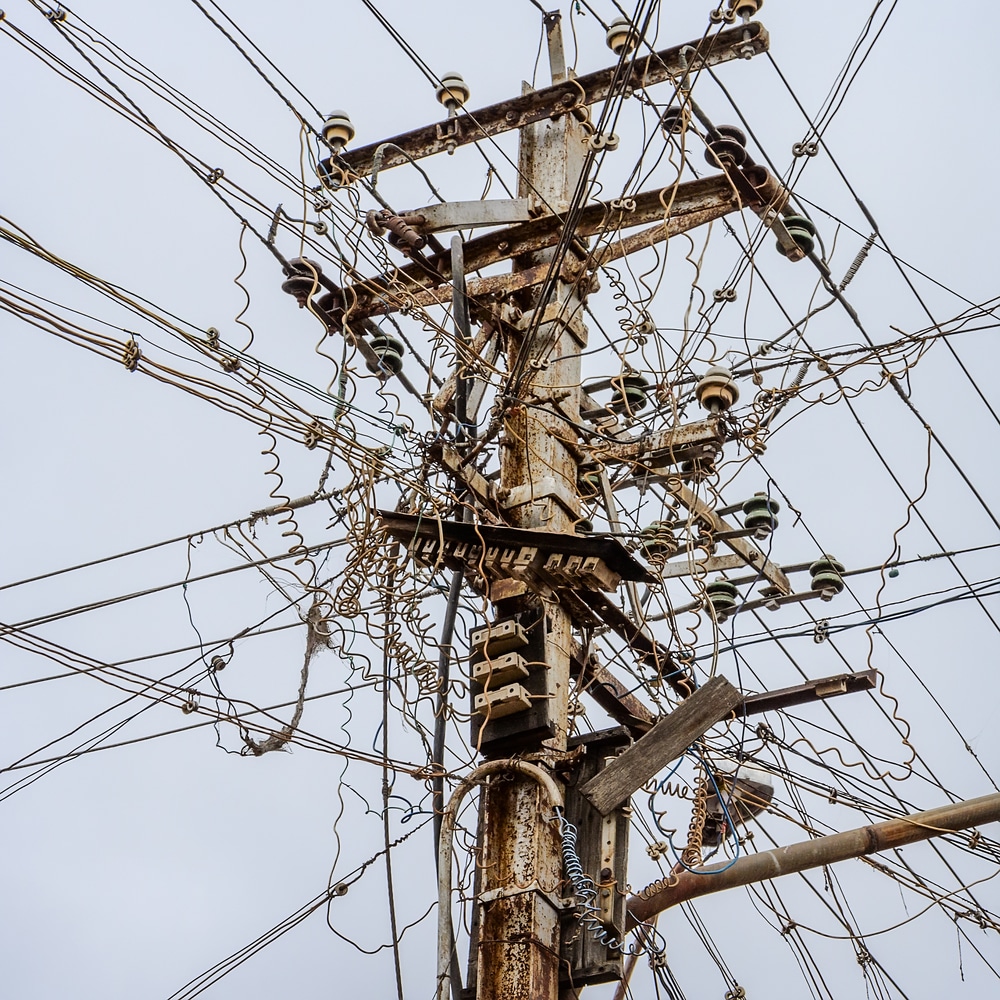
I wrote about some body scanning technology (backscatter and millimeter wave) that is being implemented in airports around the world a little while ago, and I just read about some new technology that is being touted as the new frontier in the area of detecting explosives…
…in the body cavities.
Oh yeah. I cannot wait until Jon Stewart reports on this – “now there’s a scanning technology that can detect the explosive power of Semtex in your anal cavity and differentiate it from the explosive power of Taco Bell in your anal cavity.” Le sigh. Now we have to worry about would-be terrorists hiding explosives in their anal cavities?! Wasn’t it bad enough that we had to be concerned about the Underpants Bomber trying to light his junk on fire to blow up a plane?
Believe it or not, there has been one reported attempt of a d-bag terrorist trying to kill somebody by hiding explosives in that place – a Saudi prince – who was attacked by some idiot called Abdullah Hassan Al Aseeri. Aseeri stuffed an IED in the rear and went after the Saudi prince. The prince survived, but as you can imagine, Aseeri was blown into little chunks.
Well, regardless of the situation, there’s this new tech out now called DEXI – diffraction-enhanced X-ray imaging. Instead of just analyzing the x-rays that pass through the body or that are reflected off of the body, this new DEXI technology analyzes the x-rays that get scattered by soft tissue or other low-density material. This technology comes to the market from a company in Crown Point, Indiana called Nesch.
From an article at Danger Room:
“Our patented technology can detect substances such as explosive materials, narcotics, and low-density plastics hidden inside or outside of the human body,” company CEO Ivan Nesch claims. DEXI allows explosives to create contrast, he adds, so it would be able to detect both the underpants bomber and the shoe bomber before they boarded.
The image above shows how a conventional radiograph does not detect two packets of “illegal materials” concealed in soft tissue, while they are plainly visible in when DEXI technology is used.
The process of taking the images, analyzing them, and then recognizing substances of interest – such as explosives – can be automated. Alerts issued can be computer-generated. Security staff would simply have to get passengers in and out of the imaging unit.
“The initial expected throughput is approximately one to two passengers a minute,” according to Nesch. “Once installed and tested in real applications, the throughput will be increased.”
One or two people per minute? Holy moly. As if we didn’t have long enough to stand in line through security now.
Why exactly does this technology work so well? Again, Ivan Nesch – from an article at Purdue University:
“X-ray absorption is the basis of conventional radiography, but carbon, nitrogen and oxygen do not absorb X-rays well. Explosives and narcotics are typically made of these elements. Conventional radiography detects these objects poorly due to its exclusive reliance on absorption,” said Ivan Nesch, CEO. “DEXI is different because it uses X-ray refraction and scattering to construct images, along with absorption. It can detect explosives and narcotics because they noticeably refract and scatter X-rays.”
DEXI’s claim to safety fame is their corporate slogan: “Less radiation, more information.” Nesch claims that passengers scanned by NEXI technology are exposed to 50 times less radiation than those scanned by a conventional radiograph. Well, at least there’s something. I guess I’d rather have TSA looking in my behind than be dead.
An image scanned with a conventional radiograph vs. a DEXI scan:
On a lighter note, this technology makes me want to have a nice large meal of Taco Bell, KFC, and Burger King ten hours before heading to the airport so I can give the pleasant and friendly TSA employees something interesting to look at while they get to check out all kinds of my personal space. Make sure to eat some corn.





